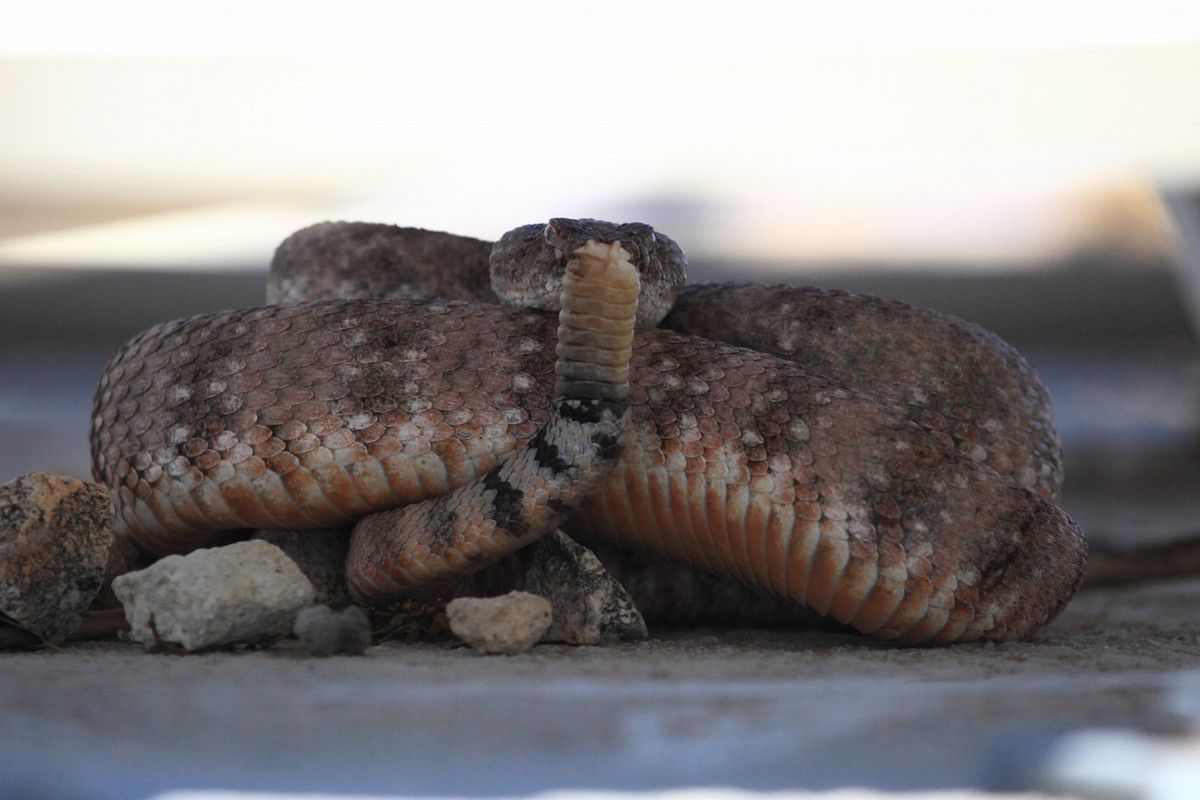Imagine you’re enjoying the great outdoors, when suddenly you hear a rattle. It’s a rattlesnake hiding somewhere too close for comfort, telling you to better stay away. Though it’s a good idea to take heed, the rattlesnake might not be as close by as you think. According to research, rattlesnakes modulate their rattling frequency to trick other animals into thinking the distance between them is shorter than it really is.
When scientists noticed that a rattlesnake’s rattling seemed to increase in frequency when they got closer and decrease in frequency when they walked away, they designed a study to investigate this behavior. In an experiment, they moved objects such as a human-like torso and a black disc toward a snake. As the objects got closer, they noted that the snake’s rattling increased steadily to 40 Hz, then switched suddenly to between 60 and 100 Hz.
The scientists then tested what effect this sudden switch had on people. They invited participants into a virtual reality environment where the participants moved through a grassland toward a hidden snake. The snake’s rattling rate increased as the participants approached, and suddenly switched to 70 Hz when they were 13 feet away. The participants were asked to stop when they thought they were about 3 feet away from the snake. The scientists found that the snake’s sudden rattling frequency shift consistently made the participants underestimate their distance from the snake.
Tricking other animals into thinking they’re closer than they really are probably helps protect the snake, making sure a potential threat stays as far away as possible. Most of us would have no qualms about doing just that.










